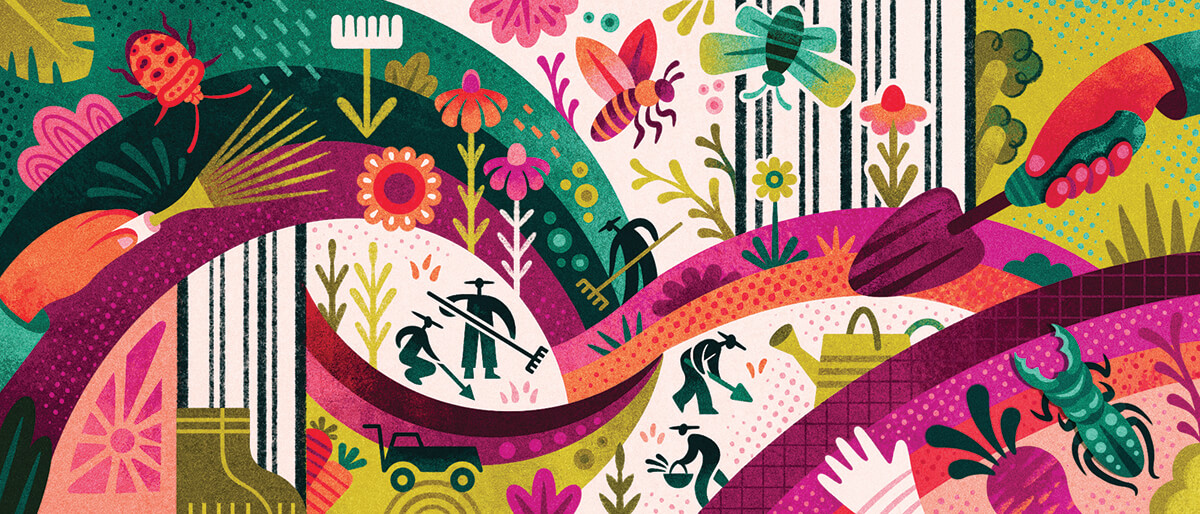Home & Living
All the Tips You Need to Start Your Spring Yard Cleanup
Your yard is part of a larger ecosystem. Think before you purge.

March is always a good time to start thinking about outdoor spring cleanup. Yes, it’s usually still cold, but the promise of spring is in the air.
As gardeners start making their to-do list, they need to keep in mind it’s not as simple as weeding and calling it a day. Conscientious planters should also be considering the ecosystem around their yards.
Often the first instinct is to purge and start fresh—but Cianna Rowe, nursery manager at Lauren’s Garden Service in Howard County, urges folks to leave the leaves.
“It’s this huge movement right now and there’s many reasons why you should do it,” she says.
Not only do insects and herbivores eat them, but as leaves decompose, especially those wet from rain, they create more soil.
Rowe knows keeping all the leaves can be challenging, so she suggests leaving as many as possible in the yard and taking the rest to places like the Howard County Landfill that lets people drop off yard trimmings to be turned into compost and mulch. Baltimore County also allows many types of yard and garden materials to be composted in bins or specific bags.
She also suggests leaving old flower heads around as a source of seeds for the birds—and bonus, it also means spending less on bird seeds.
Mulch is another area to focus on during spring cleaning. There are ways to make mulch truly work as a habitat. Rowe suggests “planting green mulch.” That’s what she calls native species that grow very low to the ground and help the soil from drying out.
Native violets, native strawberries, and Carex species, a distant relative of the grass family, are good green mulches to create an environment where flower beds aren’t set against wood chips, but leafy greens. They make the soil looser and give burrowing pollinators—like the friendly cousin of the honeybee, the ground nesting bee—the opportunity to set up pollen shop in anticipation of spring flowers.
But planting and letting green mulch grow can take a while, so in the meantime loosening existing mulch is the next best thing to help these pollinators, as well as using only dye-free mulch in the beds. Often the dyed or “colored” mulch makes it harder for the mulch to break down, and the wood used in traditional mulch is often taken from broken wooden pallets, old decking, and even ships, so the wood could still have residue of harsher chemicals from its previous life.
Since relocating pollinators, birds, and other helpful creatures back into gardens after winter can take time, Rowe recommends some other ways to get a garden back on track. Some non-native plants like garlic mustard—look for its heart-shaped leaves and small white flowers—can change the soil composition, so weeding them out is a must.
Rowe also suggests while trimming hedges or shrubs, be careful of bird nests—even if they’re empty, some other bird might move in.
By prioritizing habitat-friendly practices, gardens can quickly become a haven for local animals. Rowe says,
“Getting to see immediate success of either something making a nest…or [animals] eating the berries, that’s usually the encouragement people need to keep planting native.”